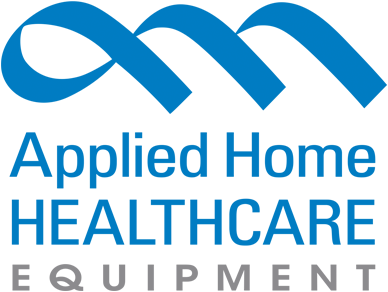PRODUCT CATEGORIES
CLASSES/REGISTRATION
WHAT'S YOUR ROLE?
Using Carriers, Bags or Carts When Handling Cylinders
Drivers, respiratory therapists, warehouse personnel, and others who handle compressed gas cylinders should do so using the proper equipment to ensure safe movement of the cylinders. Compressed gas cylinders are pressure vessels that are capable of becoming propelled objects if the contents are suddenly exhausted, either by mishap or accident. The rapid discharge of gas can happen if the cylinders are dropped and either the valve or other part of the cylinder becomes damaged or broken. If a damaged cylinder with gas inside of it becomes a propelled object, it can cause property damage, injury—or worse.
To prevent cylinders from being damaged, use carriers, bags, or carts when handling and moving cylinders, particularly multiple cylinders. Do not try to carry a large number of cylinders under your arms. One wrong move or trip can result in the cylinders being dropped and potentially damaged.
Carriers can be constructed of several types of materials. The durability of the carrier is often reflected in the type of material that they are made of. Choose the type of carrier that will best allow the performance of the task to be accomplished in a safe manner. Carriers can be constructed from cardboard, cloth, or metal. They are ideal for delivery drivers who need to carry several cylinders to their truck or into a patient’s house.
CYLINDER BAGS
Cylinder bags can be useful ways to move cylinders using a lightweight material. Cylinder bags are made of heavy-duty cloth and will usually fold up into a small space minimizing the area in which the bags need to be stored when not in use. They are ideal for respiratory therapists who handle small numbers of cylinders at infrequent intervals.
CYLINDER CARTS
Cylinder carts can allow you to move a large number of cylinders easily and safely. Using carts warehouse personnel, drivers, and others can roll the cart anyplace that is practical to transport the cylinders to. Care must be taken when transferring cylinders into and out of the cart.
You Might Also Like
Subscribe to our Email List
Get the latest regulatory info, accreditation news and exclusive discounts!
 View Cart []
View Cart []

